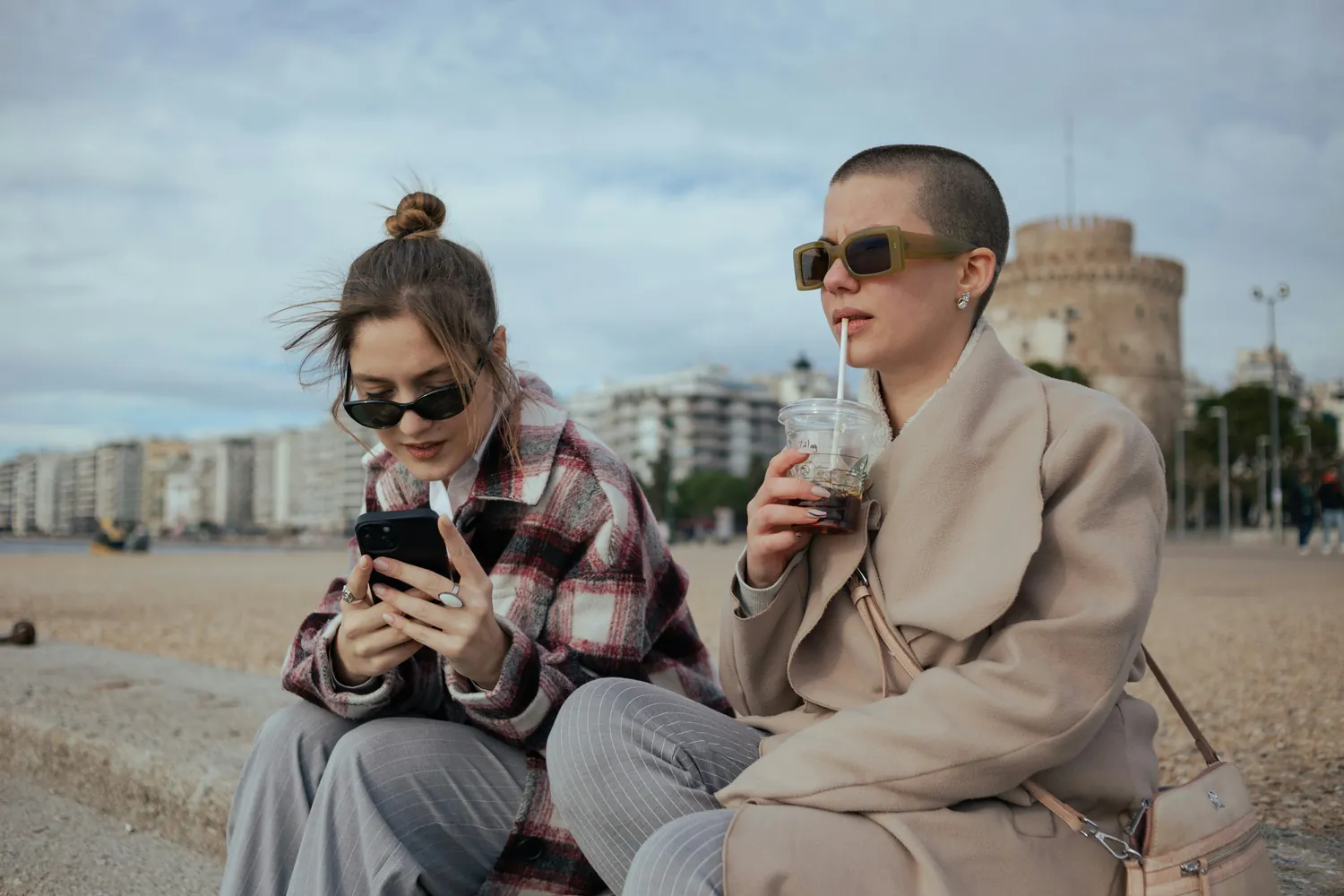Evaluating the Impact of Social Platforms on Fashion Consumption

The Evolution of Digital Fashion Shows
Digital fashion shows have become a pivotal component in the fashion industry, offering an innovative way for brands to showcase their collections to a global audience. Traditional runway shows, once limited by geography and exclusivity, are now accessible to millions of consumers worldwide through platforms like Instagram, TikTok, and YouTube. This democratization of fashion events has fundamentally shifted consumer engagement, enabling brands to connect with a broader audience beyond the confines of fashion capitals.

The Rise of Virtual Showrooms
Virtual showrooms have emerged as a critical tool for brands during and post-pandemic. These digital spaces allow consumers to experience collections in a virtual environment, often enhanced by augmented reality (AR) and virtual reality (VR) technologies. For example, Tommy Hilfiger's virtual showroom provides users with an immersive 3D experience where they can interact with garments, explore different styles, and even visualize how items might fit in real life.
Brands are leveraging these technologies not only to enhance customer experience but also to gather data on consumer preferences and behavior. By analyzing user interactions within virtual showrooms, brands can tailor future collections to better meet consumer demands.
The Role of Social Media Influencers
Social media influencers have become instrumental in shaping fashion consumption patterns. By promoting new styles and trends, influencers bridge the gap between brands and consumers, providing authentic and relatable content that resonates with audiences. Influencers like Chiara Ferragni or Aimee Song have massive followings, translating into significant purchasing power when they endorse products.
The effectiveness of influencer marketing lies in its ability to create a sense of trust and community. Followers view influencers as peers rather than traditional advertisers, making them more receptive to recommendations. This peer-to-peer marketing approach is particularly effective in driving sales, especially among younger demographics who prioritize authenticity over traditional advertising.
Micro-Influencers: The New Trendsetters
While mega-influencers reach millions, micro-influencers—those with smaller, more niche followings—are increasingly preferred by brands. Micro-influencers often boast higher engagement rates, with followers more likely to act on their recommendations. Brands collaborating with micro-influencers can target specific market segments more precisely, making marketing campaigns more effective and personalized.
Consumer Engagement and Interactive Content
Social media platforms have transformed how consumers engage with fashion content. The shift from passive viewing to active participation has altered purchasing behaviors significantly. Interactive content, such as Instagram polls, live Q&A sessions, and TikTok challenges, encourages consumers to engage directly with brands, creating a two-way communication channel.
- Instagram Polls: Brands use these to gauge consumer preferences on upcoming collections or potential designs.
- Live Streaming: Live sessions on platforms like Instagram and YouTube offer real-time interaction opportunities between brands and their audiences.
- TikTok Challenges: Challenges initiated by brands can go viral, exponentially increasing brand visibility and engagement.
User-Generated Content (UGC)
User-generated content has become a powerful marketing tool. By encouraging consumers to share their experiences with products on social media, brands benefit from authentic endorsements that can reach vast audiences without the hefty costs associated with traditional advertising. Campaigns like Calvin Klein's #MyCalvins capitalize on UGC, inviting users to post photos wearing the brand’s products, thus building community and promoting inclusivity.
The Impact on Purchasing Behaviors
The integration of digital fashion shows and social media has notably influenced purchasing behaviors. Consumers are now more inclined to make purchases online, spurred by immediate access to new collections following digital showcases and influencer endorsements. The convenience of purchasing directly from social platforms via shoppable posts and links further simplifies the buying process.
Real-Time Shopping Experience
Features like Instagram Shopping and Facebook's Shops provide seamless integration of e-commerce within social media platforms. Consumers can discover new products, read reviews, and complete purchases without leaving the app, creating an end-to-end shopping experience that capitalizes on impulse buying driven by engaging content.
Challenges and Considerations
Despite the numerous benefits, there are challenges associated with the digital transformation of fashion consumption. Brands must navigate issues such as data privacy concerns and the need for continual innovation to maintain consumer interest.
Data Privacy
The collection and use of consumer data from digital platforms necessitate strict adherence to privacy regulations like GDPR. Brands must be transparent about data usage and ensure robust security measures are in place to protect consumer information.
The Need for Continuous Innovation
The fast-paced nature of digital content consumption means brands must continually innovate to remain relevant. This requires a consistent flow of fresh content, engagement strategies that resonate with target audiences, and a willingness to adapt to emerging trends.
Conclusion: The Future of Fashion Consumption
The landscape of fashion consumption is irrevocably altered by digital advancements and social media influence. As technology continues to evolve, so too will the methods by which brands engage with consumers. The future will likely see further integration of AI-driven personalization tools, augmented reality fitting rooms, and more immersive digital experiences that cater to the evolving desires of fashion consumers worldwide.
 TrendLayer
TrendLayer